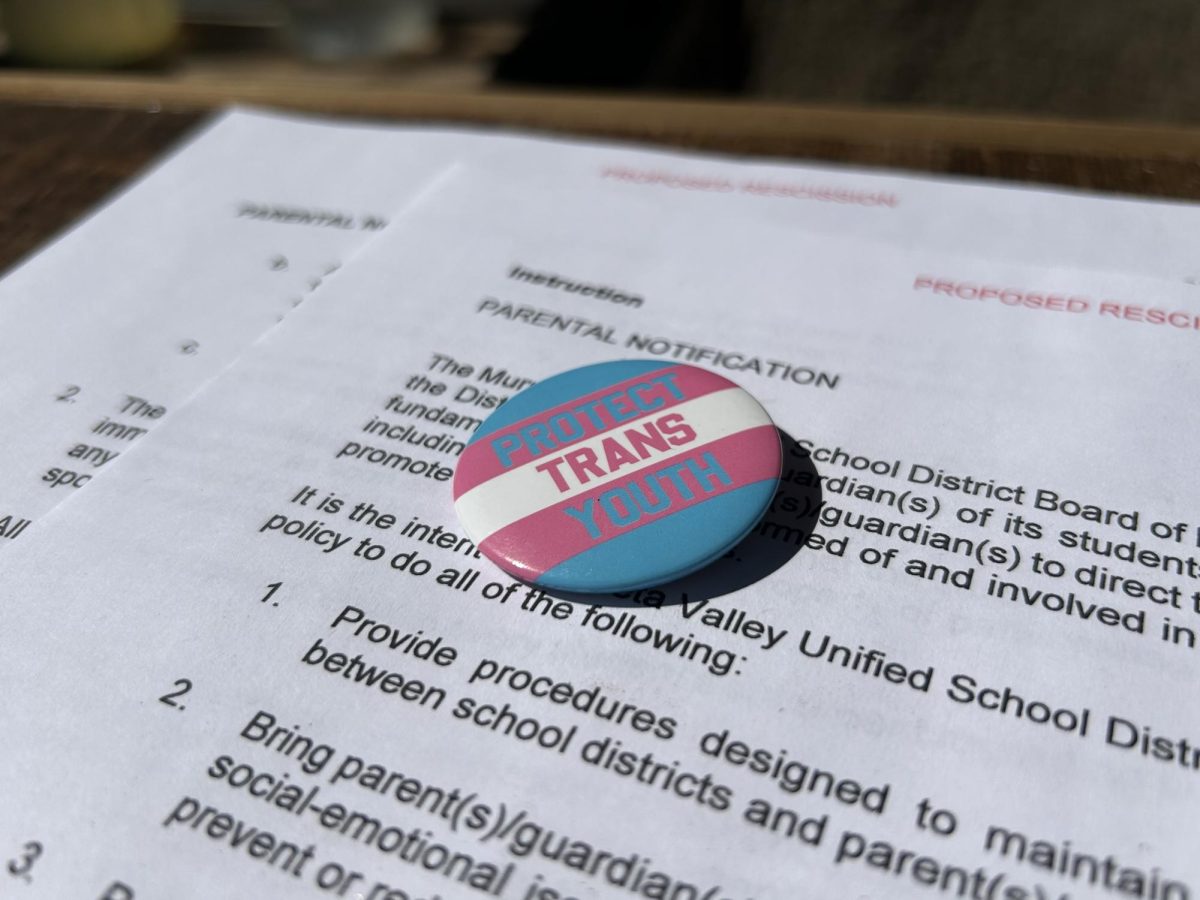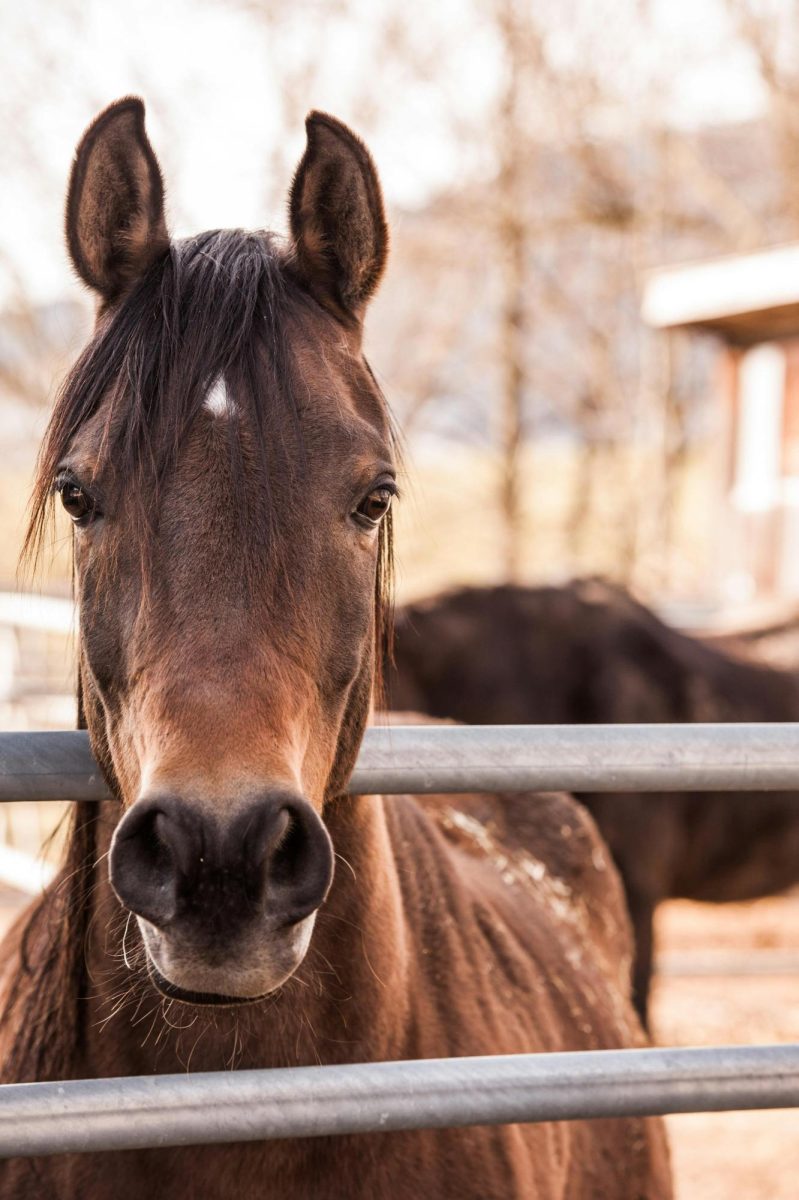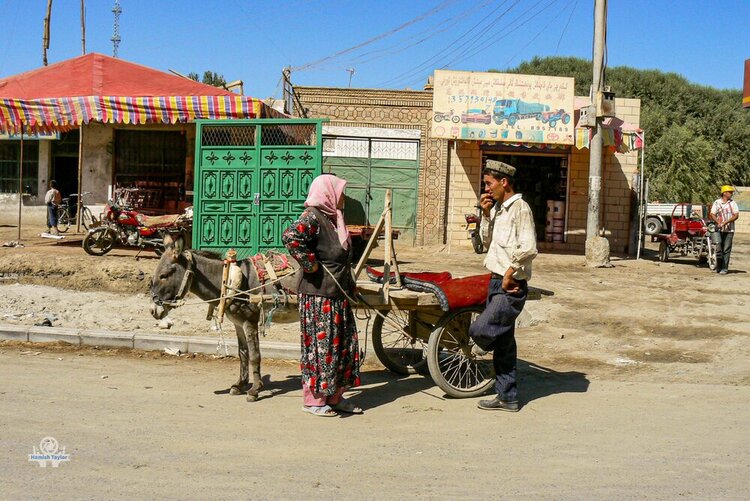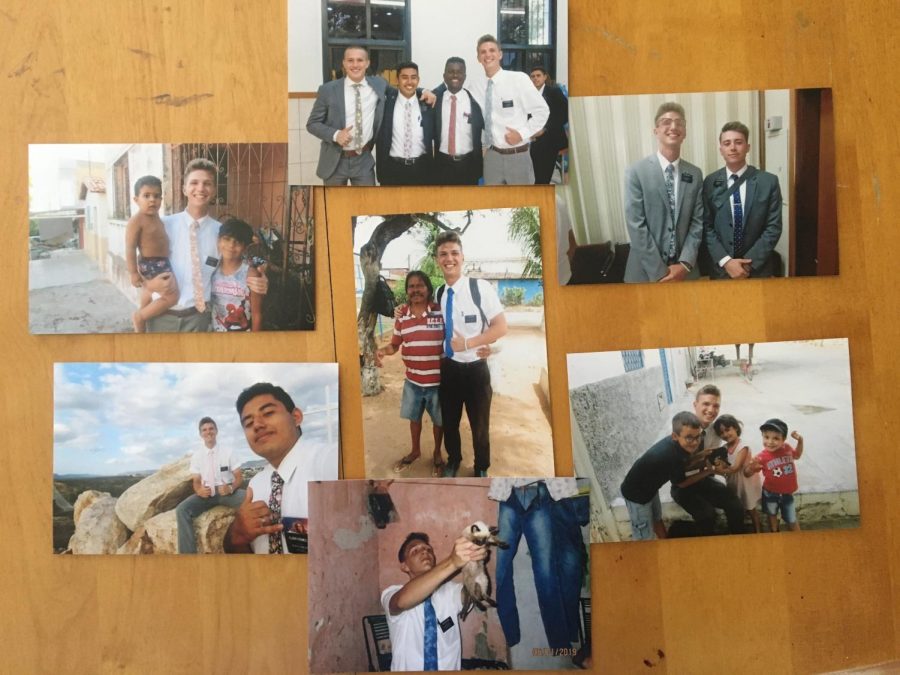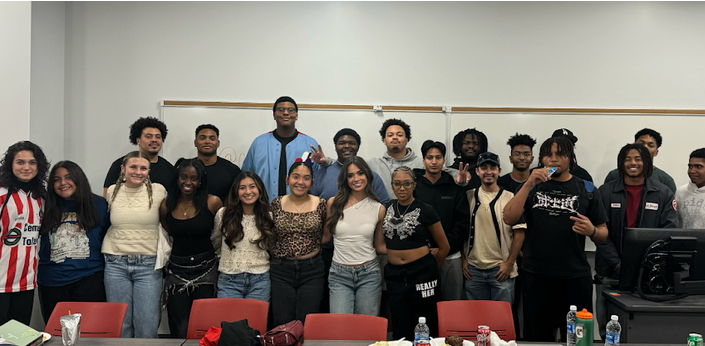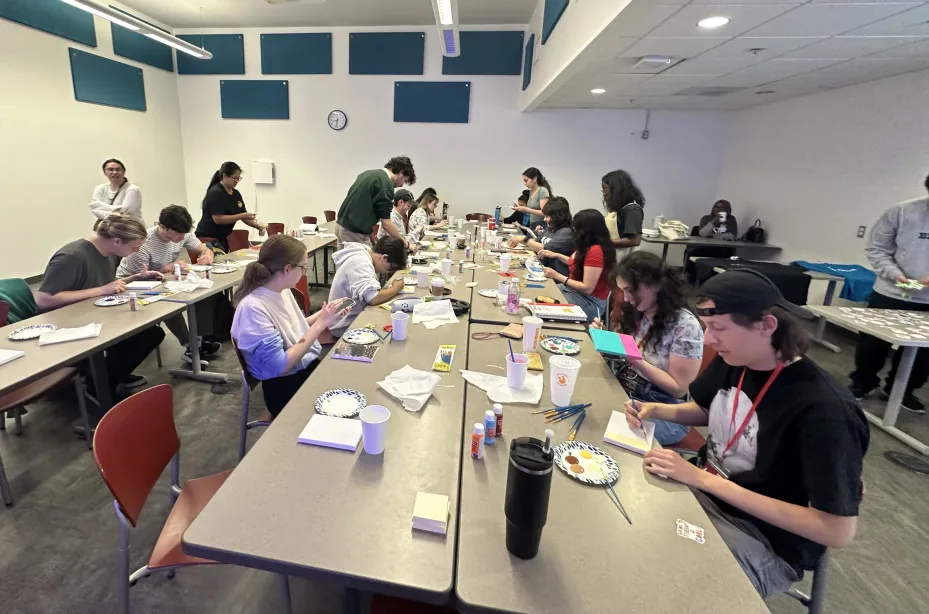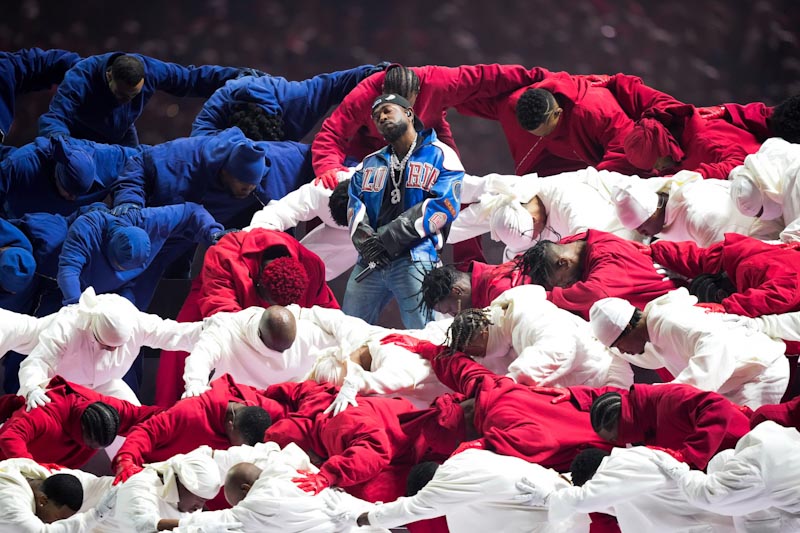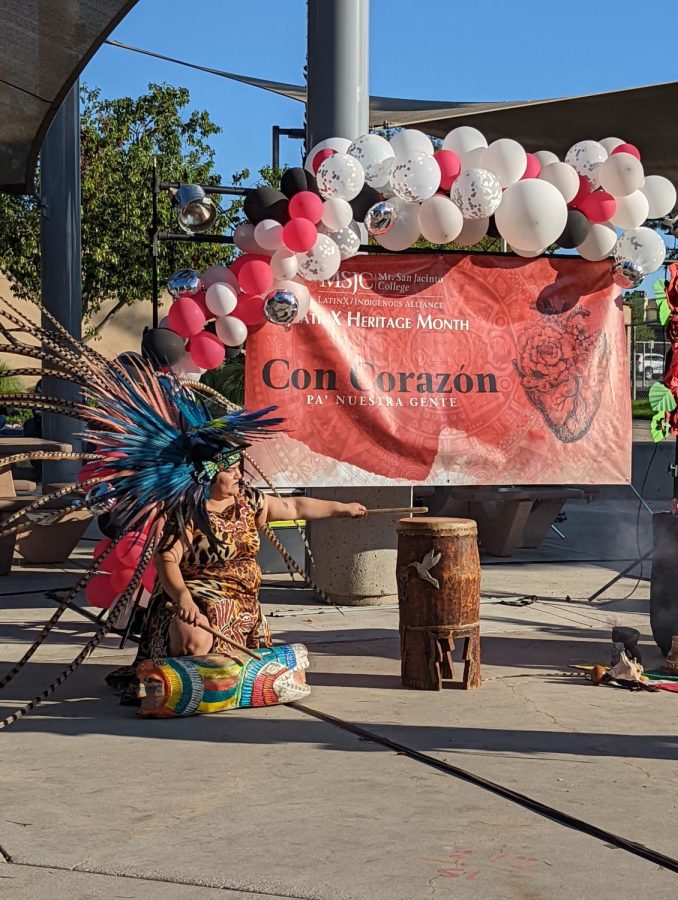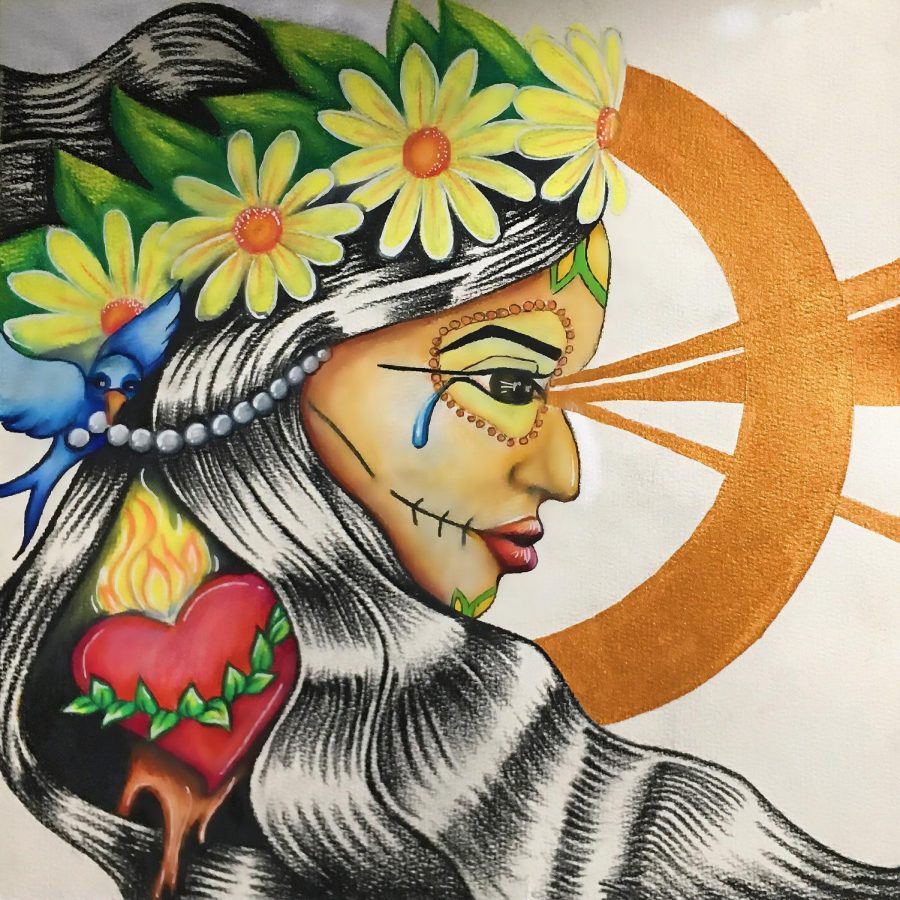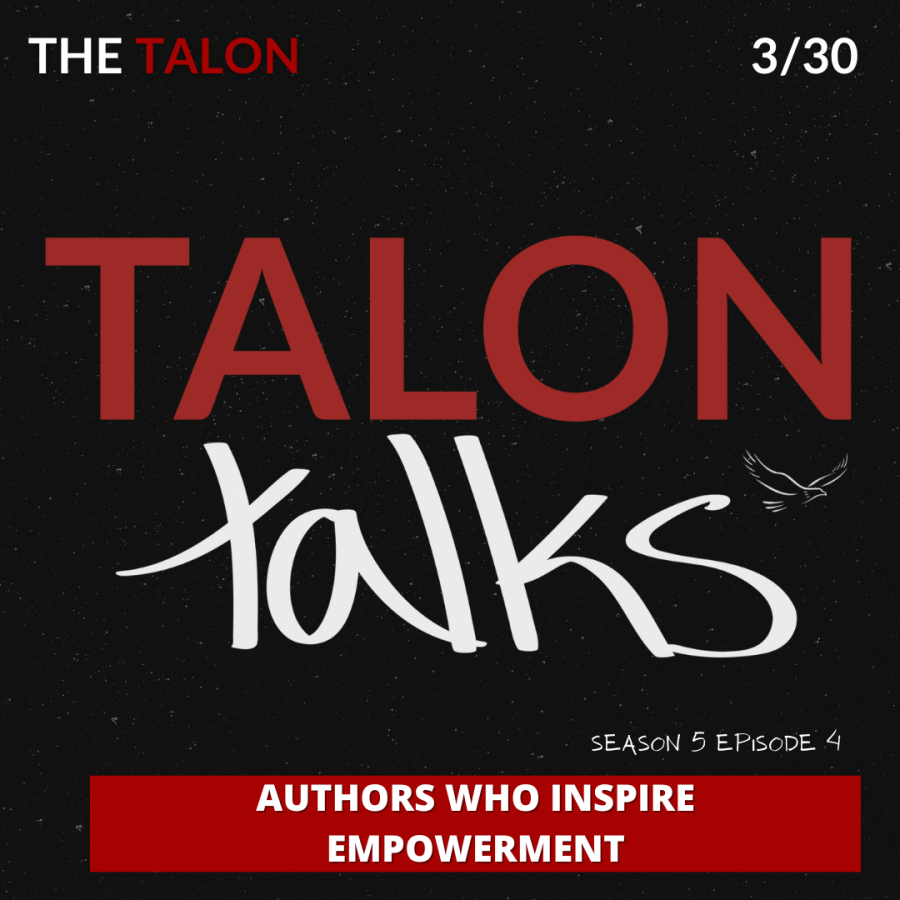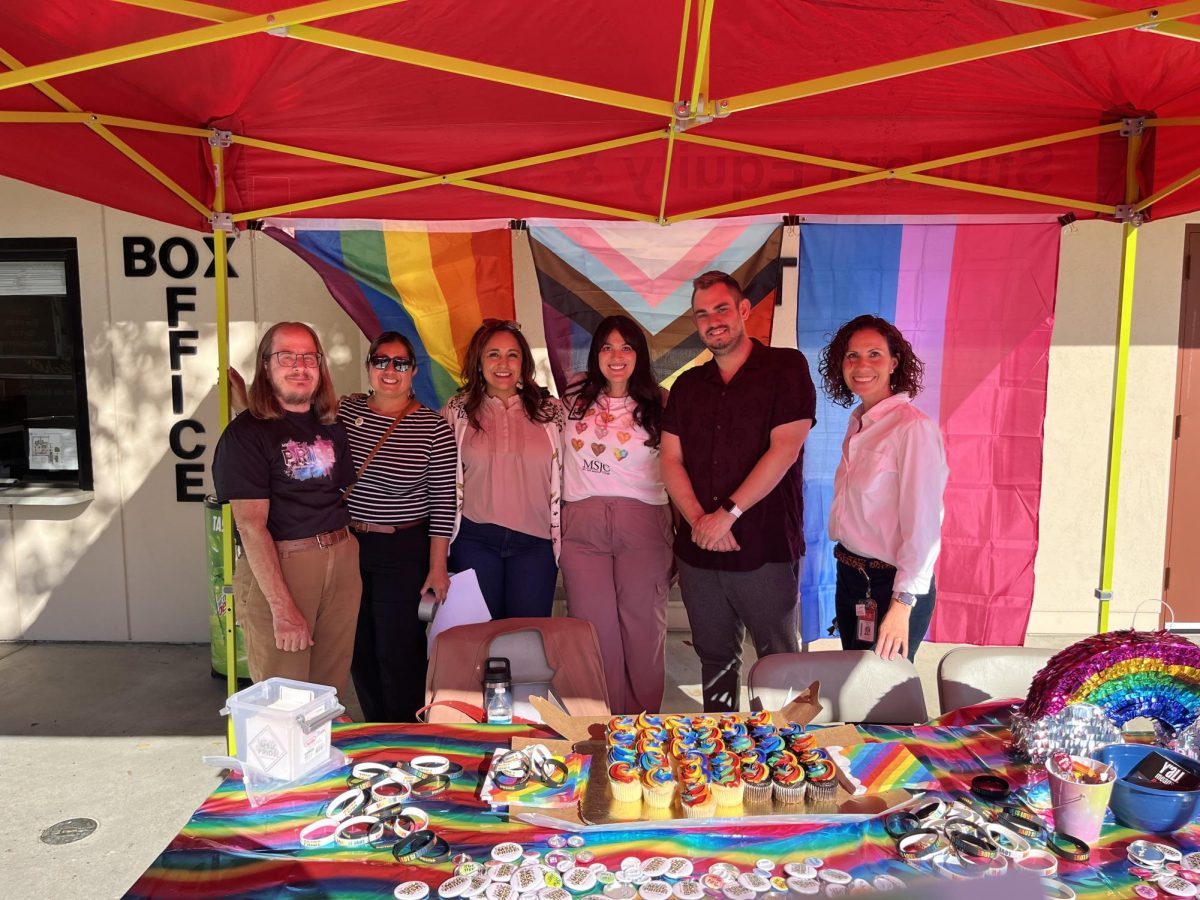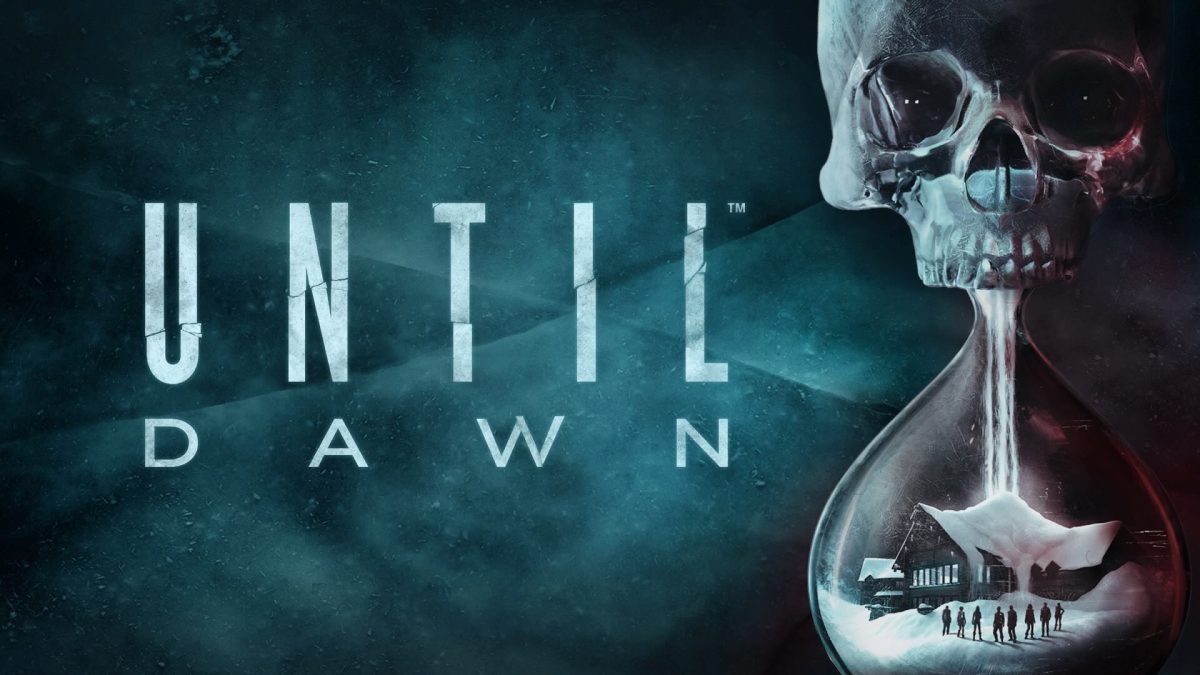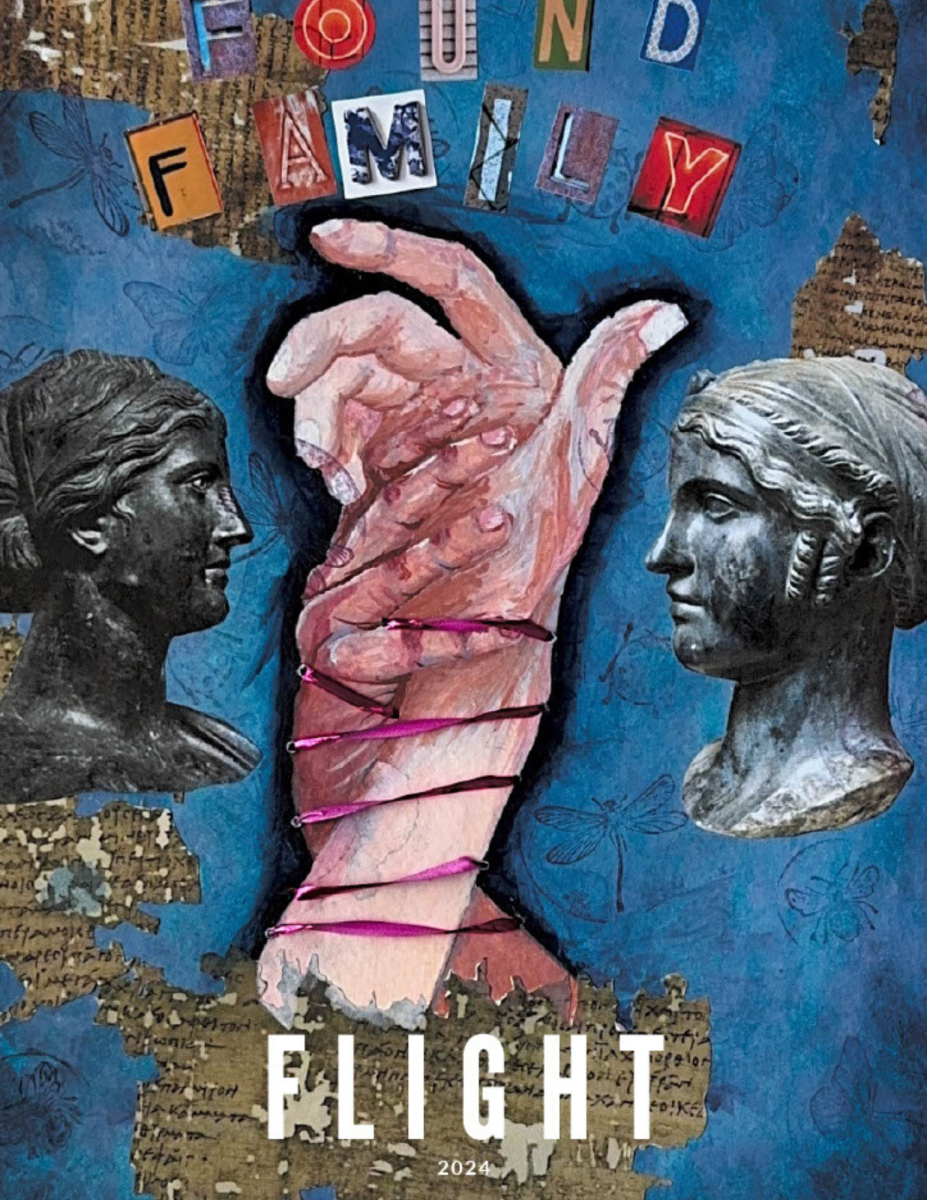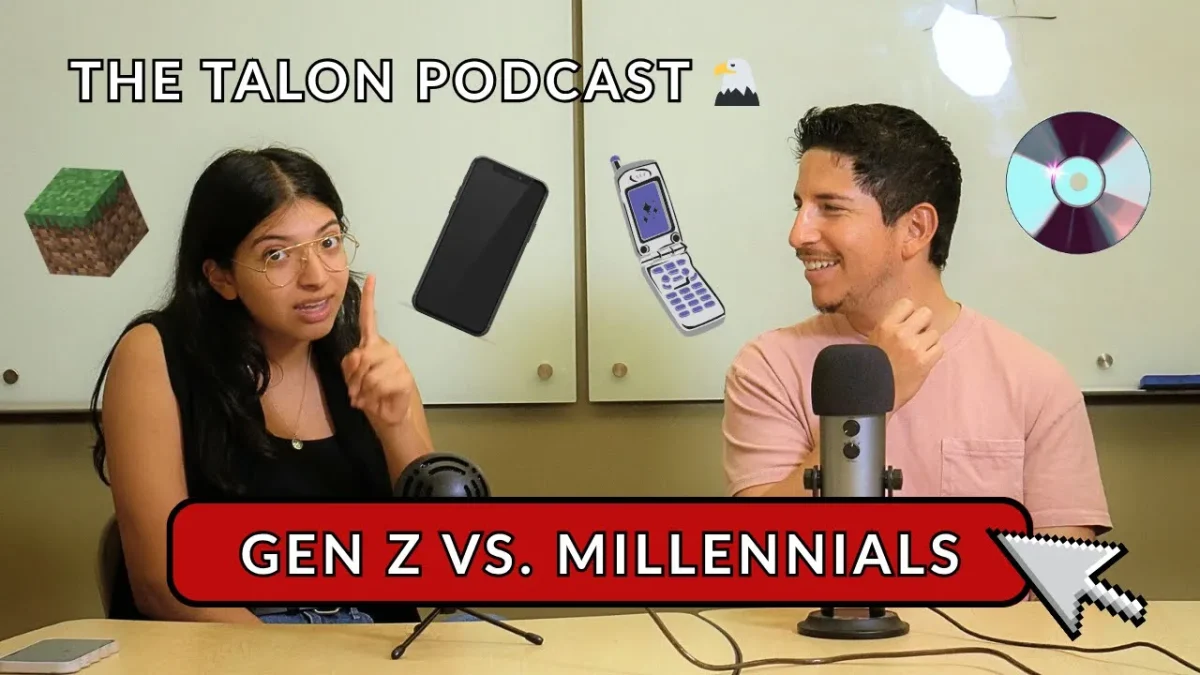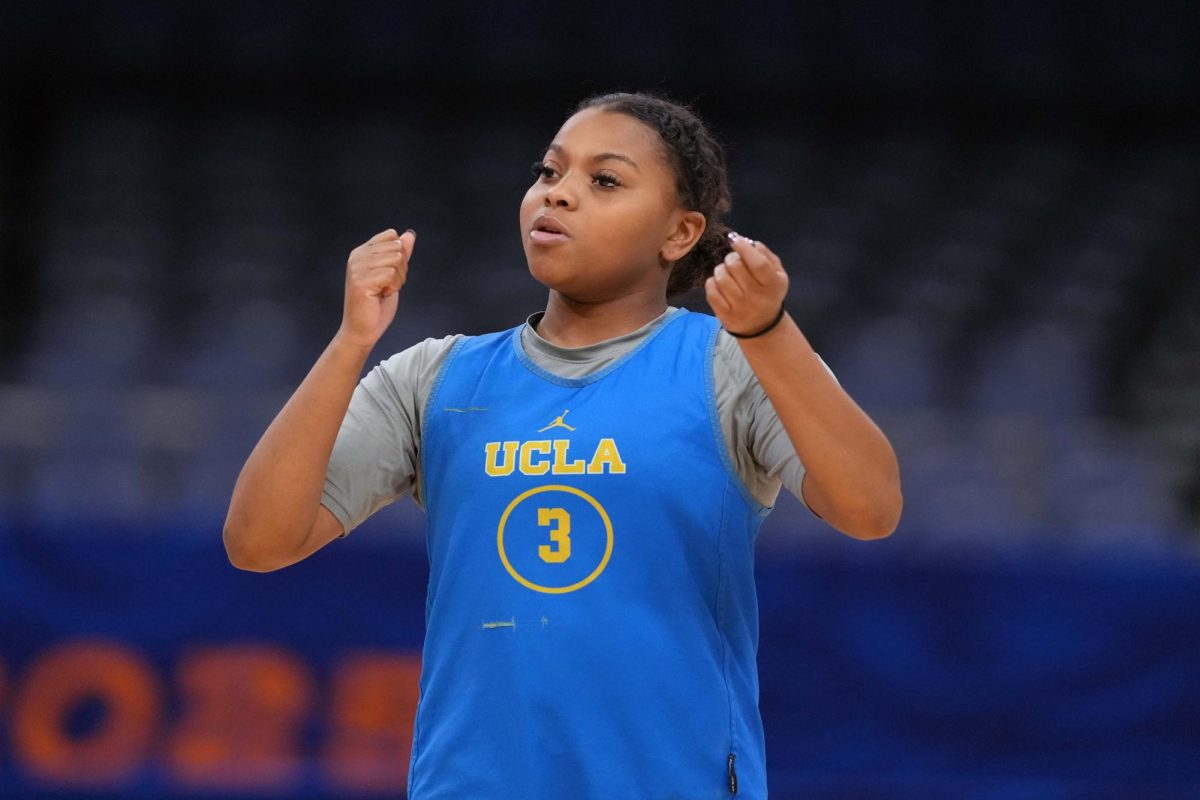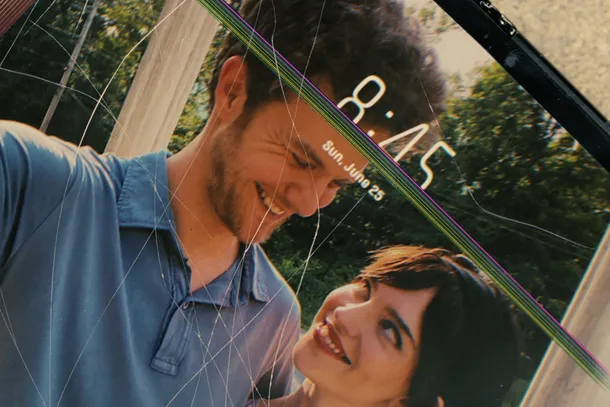“Bones and All” is a film of self-discovery, desire, and the tumultuous intricacies of love. While Timothee Chalamet delivers a magnificent and chivalrous guide as Lee, Taylor Rusell captures the curiosities of youth and how one’s yearning for more can start consuming your every being, “Bones and All.” In the wild, animals do what they can to survive; like vultures, they eat leftovers from others, while some, when push comes to shove, will choose to eat their own.

“Bones and All,” directed by Luca Guadagnino and screenwriter David Kajganich, utilizes formal techniques to explore what it means to be consumed and a consumer of love, literally, while figuring out who you are in a journey of discovery, young love, and how desire can also be an obsession.
Maren (played by Taylor Russel) is a young girl who never seems to fit in or is ever in any social gathering. One day, she finds a group of girls who befriend her. As they spend time together for a sleepover, Maren is engulfed by an urge, one she has had for quite some time, and devours one of the girls’ fingers. (Buckalew) As a cannibal, Maren does her best to stomp out these feelings. She understands logically that it’s wrong, but hunger does not forgive unless indulged. As the questions of her ancestry loom overhead, Maren is forced to take a trip. She rushes towards it despite her uncertainty. This throttles the film into action, with endless American highways and suburban communities taking space in every corner of the screen. Viewers are left with a sense of nostalgia as family dynamics shift for much of the film. It also leaves you feeling dread watching the gruesome scenes unfold. Despite this, a persistent feeling of hope masks each experience, no matter how difficult. Maren’s desire to know more about her family secrets becomes a mirage of self-discovery.

Throughout the bundles of chaos that overtake much of the movie, “Bones and All” shows the impact of self-acceptance. Maren does not know much about herself but is always hungry for something she cannot have. So, with her unspeakable urges in tow, she heads out seeking answers, and along the way, she meets Lee (played by Timothee Chalamet), a drifter trying to survive, or so she thinks…Desperately trying to understand her condition, they take a trip through the Midwestern towns set in 1980s America.
To display the deep emotions that come from these complicated situations, Guadagnino uses evocative color palettes. Where scenes of nature contain dark shadows of green and lush dark blues, each state details Maren’s journey through the Midwest she visits with Lee, indicating how far they’ve come. Close-ups of Maren enhance emotions that dance around her face and help establish the scene at play, especially when it explores introspection, self-discovery, and the chaos that coincides.
Throughout the film, Maren is presented with different forms of love. Whether it’s unhealthy, parental, self-love, or especially all-consuming, it’s one so strong that you’re first to indulge in it, in the case of Maren and Lee. As much as Maren is “othered,” from being a normal teenage girl, going to dances, preparing for college, and fantasizing about a life they want for themselves in the future. This desire to consume human meat takes over, and her life is distinct from everyone else’s.
This begs the question: Is Maren’s urge for human flesh a metaphor for desires manifested into selfish consumption? Guadagnino explores these concepts by conveying Maren and Lee’s growing relationship and understanding of each other through close-up shots of the characters. He also captures how being cannibals starts to wedge them between the relationship they have built.
Showing how Lee’s past gradually catches up with him as Maren starts questioning who he is, the director employs scores that evoke these emotions throughout the film. (Buckalew) Creators Trent Reznor and Atticus Ross’ original work, “I’m with You (a Way Out),” is used throughout the film, captivating each scene with its sometimes-soul-crushing tunes while also wrapping one in a comforting blanket—a sea of complicated emotions that drives home in the hearts of its audience. Still seeking the answers to her personal unknown, Maren begins to understand the intricacies of her urges and what they mean.
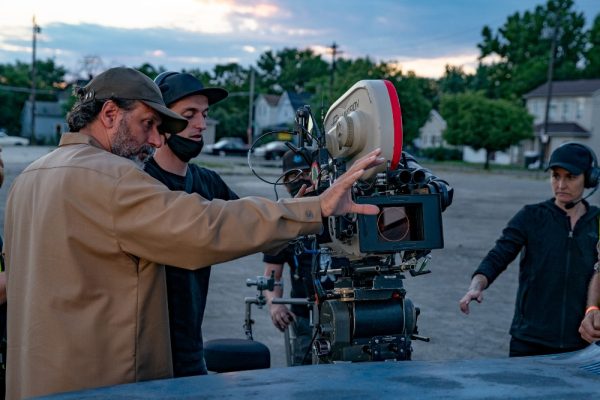
Desire keeps and hoards until it manifests itself into something unrecognizable. Young Maren never felt she belonged, so she seeks it from the highest of the Illinois mountains to the waterfalls of Minnesota, with Lee who experiences these new places with her. As she makes it through this journey, Maren deals with her compulsion to consume, upon each encounter. Her coming-of-age experience is not like many others out there, but she is no different than the mind of an eager youth.
“Bones and All” is based on the book by Camille DeAngelis who’s, “…idea with Maren that the impossibility relied on the fact that she wouldn’t be able to love without the consequences of destruction.”(Mashable) Guadagnino alters this by approaching Maren with an introspective display that highlights love through cannibals and what it means for them to live life together. With each obstacle that they go through, Maren and Lee, with their need for consumption and each other, mostly triumph, with exceptions. In each of these sequences, desire is real and prevalent.
Guadagnino’s phenomenal choice of formal techniques made the film a delight even in its most grotesque, “hard to look” moments. As it crafted all the emotions, viewers were able to put themselves in each scene. In all its glory, this film is highly recommended for everyone, but especially for viewers who are also seeking answers like Maren.










